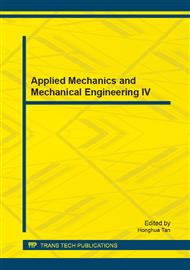p.106
p.115
p.119
p.125
p.130
p.136
p.144
p.149
p.153
Glycophorin a Expression in HEL-92 Cells Treated with Silica Gel Particles
Abstract:
In recent years, silica-gel-containing materials have formed components of biomaterials that can contact stem cells. However, the effects of silica gel particles on erythrogenesis have not been well-established. In this study, we evaluated the erythrogenic effects of silica gel particles on bone marrow cells and stromal cells pretreated with N-acetyl-L-cysteine (NAC) for 1 h prior to exposure to the silica gel particles. Our results showed that the numbers of erythrocytes in the bone marrow cells increased considerably following treatment with the silica gel particles. In addition, the expression of glycophorin A, an erythroid marker, was upregulated in the HEL-92 cells compared with the control cells. However, NAC pretreatment inhibited erythrogenic effects. Our study results suggest that silica gel particles might stimulate the differentiation of bone marrow cells to erythrocytes by increasing the generation of reactive oxygen species.
Info:
Periodical:
Pages:
130-135
Citation:
Online since:
October 2013
Authors:
Keywords:
Price:
Сopyright:
© 2014 Trans Tech Publications Ltd. All Rights Reserved
Share:
Citation:


